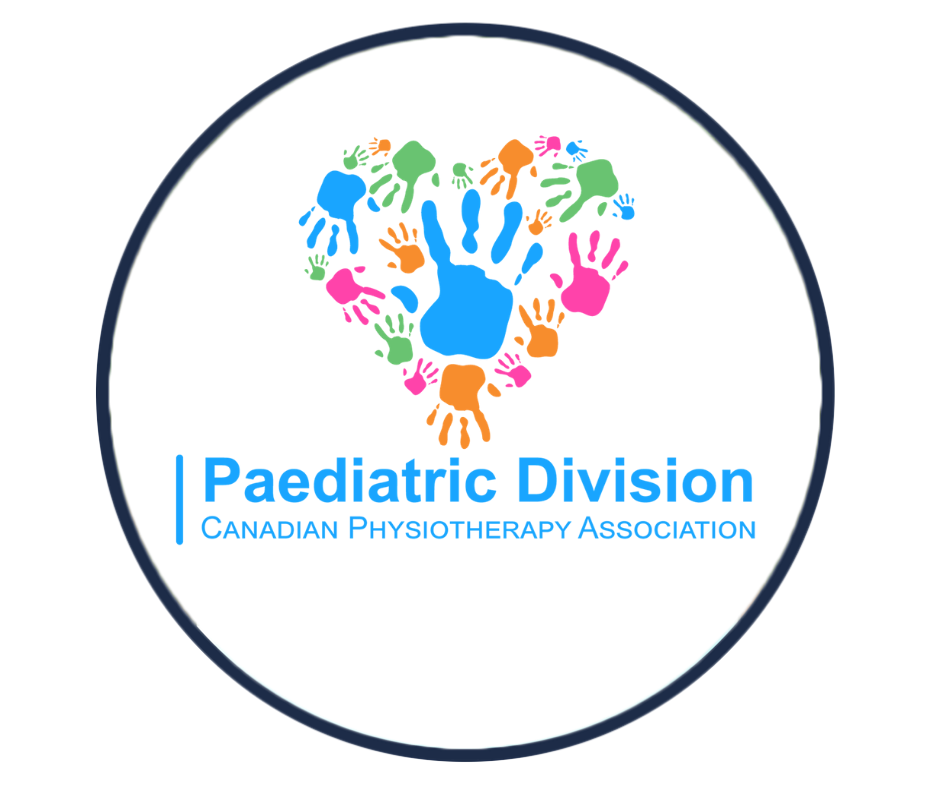TMR Tots – Changing Lives Healing With Ease

TMR Tots – Changing Lives Healing With Ease
This course includes
The instructors
Overview
This online course will provide an overview of the TMR (total muscle release) Tots concept typically presented in two 16-hour training sessions. TMR Tots is an innovative approach utilizing traditional physical therapy strategies with an assessment & treatment system to incorporate into the therapist's current practice.
Systematically identifying key areas of limited mobility and postural alignment at the beginning of a session provides the therapist with a care plan to remove restrictions that prevent access to optimal skill achievement and ability to participate.
The TMR process of Release, Organize, Activate matches the 5 F’s of the ICF model to engage the patient and caregivers with an intervention that matches their unique ecosystem.
In this online physiotherapy course, 'TMR Tots - Changing Lives Healing With Ease', the participant will explore on themselves and a doll the impact of a limitation in range of motion in one area of the body as related to the ability to participate in activities in another.
Several brief case studies will be presented to illustrate the functional change after using systematic testing, treating, and targeted therapeutic activities to reinforce improvements in postural control.
Lastly, the therapist will learn 2 basic testing/treating motions which the participant may explore with their own patients after attending the webinar.
Topics discussed
In this course, the instructor will discuss:
- How TMR Tots works to improve functional abilities in individuals with postural limitations
- Common postural asymmetries in infants and children with developmental disabilities
- What a ‘block’ is and how to correct it
- A stepwise approach to correcting postural asymmetries
Learning objectives
In this course, participants will learn:
- How to perform the Zink test of counter-rotation
- Use a doll to model common patterns of postural asymmetry in infants with torticollis
- How to explain the significance of range of motion restrictions and postural asymmetries to a caregiver
Audience
This course is intended for all rehabilitation healthcare professionals, including physiotherapists, occupational therapists, chiropractors, and more.
This course is free for members of the Pediatric Division of the CPA. Please email the CPA at pd@physiotherapy.ca for your coupon code.
Presenter
The presenter of this online course is Susan Blum, Pediatric Physical Therapist and the Developer and instructor for TMR Tots. You can find Susan's full professional bio below.
The instructors


The Paediatric Division is a special interest group within the Canadian Physiotherapy Association. Our membership consists of clinicians from all practice settings, students, educators, researchers, physiotherapy assistants and administrators all of whom have a passion for promoting participation and enhancing the lives of children and their families. We are dedicated to provide resources and information for paediatric patients and their families to promote participation and function independence in all aspects of life.
Paediatric physiotherapists employ clinical expertise in the early detection of health problems, treatment, education and management of congenital, developmental, neuromuscular, skeletal, cardiorespiratory or acquired disorders/diseases. Paediatric physiotherapists work with children of all ages, from infants through young adulthood to promote participation and functional independence. Paediatric physiotherapists have a unique role in that they not only work with the child, but also their families in the context of their daily home, school and recreational environment.
Paediatric physiotherapists use validated outcome measures to assess the level of strength, flexibility, gross-, and fine-motor coordination and overall functional capabilities to determine participation limitations or restrictions as a result of injury, disease or disability.
Through analysis of objective assessment findings, the paediatric physiotherapist uses evidence-based treatment interventions specifically tailored to the client and their family's goals. Treatment interventions focus on improving gross and fine motor skills, balance and coordination, strength and endurance, as well as cognitive and sensory processing/integration.

Pediatric Physical Therapist, Developer & Instructor for TMR Tots
Susan Blum obtained her degree in Physical Therapy in 1975. She is the owner of Susan Blum Pediatric Physical Therapy, a private practice specializing in the treatment of children and empowerment of caregivers in their natural environments. Her practice includes patients with a wide variety of pediatric issues including cerebral palsy, orthopedic issues, gait asymmetries, torticollis, developmental delays, and other neuro-motor disorders. She specializes in mentoring therapists worldwide in developing care plans for children and adults who have profound motor challenges. In 2021 she was the recipient of the Pennsylvania Pediatric SIG Award of Excellence for her contributions to the pediatric PT profession.
Susan provides consultative PT services in Arizona and Pennsylvania treating children and adults with complex developmental challenges and coaching therapists to develop of care plans for their most complex patients.
Earlier in her over 40-year career, Susan had extensive experience treating adults with neurological and orthopedic disorders using a variety of treatment techniques which she has incorporated in her approach with children founded on her research, extensive review of current science and continuing education. After discovering the step-by-step TMR concept in 2008 she witnessed a dramatic improvement in the functional outcomes of her patients. All benefited from TMR and exceeded former expectations prompting her adaptation for pediatrics and development of the TMR Tots & Teens (Tots) program.
She has taught the Tots concepts to almost 3,000 therapists worldwide and presented the concepts at numerous state APTA and international programs including the International Fascia Congress. Susan continues the ongoing study of cutting-edge science supporting the TMR concept and networking with therapists collecting data for future publication. Included in her research is a grading system to analyze patterns of postural asymmetry related to associated developmental issues including torticollis and cerebral palsy.
Material included in this course
-
TMR Tots – Changing Lives Healing With Ease
-
Welcome!
-
Slides
-
The F's of ICF are the F's of TOTS
-
The System
-
What are Blocks?
-
How Does Tots Work?
-
Infantile Postural Asymmetry (IPA)
-
Lab
-
What is a Release?
-
How Does Removing Blocks Improve Functional Outcomes?
-
What are the Key Concepts of TMR?
-
Pronated Forearm & Flexed Posture
-
10 Step Protocol is a System
-
Questions
-
Quiz
-
What's Next?
-
Feedback